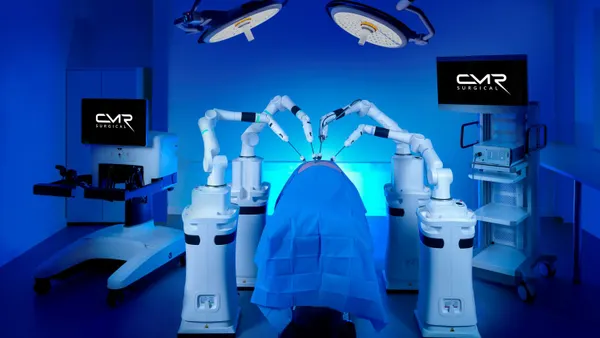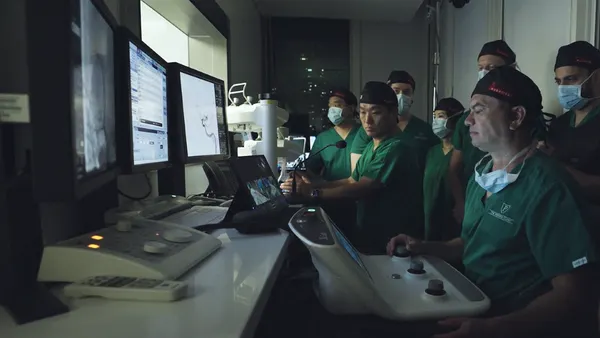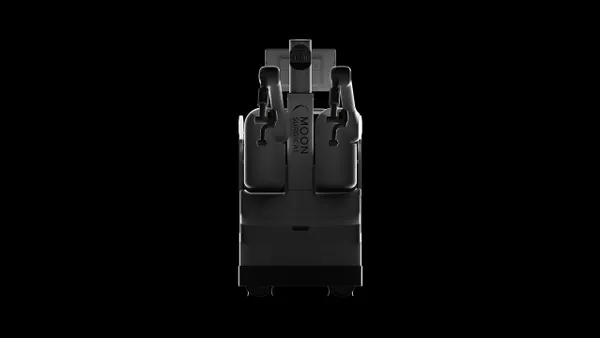Dive Brief:
- Price transparency in the medical device sector has never been higher thanks in part to consolidation among the industry's hospital customers and an increasingly connected environment, a new report from Charles River Associates says.
- In response to hospitals' greater negotiating leverage, medical device manufacturers will need to compete on the basis of the value their products bring to the table rather than risk competing on price alone, the group advises.
- A strong dollar, higher tax rates and higher spending on regulatory compliance and other burdens could restrain earnings growth in the medtech sector in 2019, but pricing in the sector overall is expected to be stable, Jefferies analysts said in a separate report.
Dive Insight:
Cost pressures have driven rapid consolidation in the hospital sector over the past decade, bringing local healthcare facilities into integrated delivery networks (IDNs) and prompting some systems such as Johns Hopkins Health System to form their own group purchasing organizations, according to the Charles River report. Hospitals are under pressure because reimbursement is not keeping pace with the rising cost of drugs, devices and supplies.
At the same time, published databases such as MD Buyline and ECRI have developed and are providing price benchmarking resources, increasing price transparency on medical devices.
"Device manufacturers have reported putting random, easily identifiable prices into the market to see how long it takes to appear in a public database (sometimes as little as week, and typically less than 90 days)," Charles River said.
Even as increased transparency drives price erosion, hospitals are expected to continue to accommodate individual surgeons' preferences for certain items over others, even at higher costs, according to the report. Because a surgical procedure often will be reimbursed at a fixed rate regardless of what device is used, the key will be for hospitals and surgeons "to determine whether a particular device offers sufficient value to justify increased cost and reduced margin on a given case," the report said.
Beyond bundled reimbursement arrangements, hospitals and device makers are using other value-based pricing models that include performance-based contracts, outcomes-based contracts and risk-sharing arrangements. A prominent example is Stryker's risk-sharing program designed to reduce the risk of a surgeon leaving a sponge inside a patient, Charles River said. Stryker's system has a scanning process that accounts for every sponge used during surgery, and the company agrees to cover legal and other costs if an error occurs.
In 2019, hospitals are expected to be less focused on device pricing specifically and more on keeping demand for services high by attracting top surgeons who perform high-volume procedures, says Jefferies analyst Raj Denhoy.
For the medtech sector, "we expect 2019 to offer another year of good underlying performance, with no tangible reasons to believe the demand or pricing environments will change dramatically. Meaningful innovation continues, and 2019 has a full slate of new products and technology catalysts to look forward to," Denhoy wrote in a note to clients.











